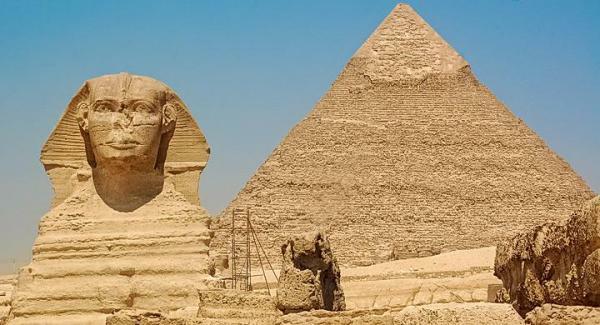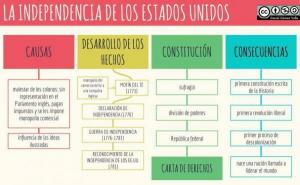The pyramids of Egypt: how were they built?

Scientists can also do magic or, at least, they have the ability to unravel mysteries that seemed to sleep an eternal sleep. In this case, an answer to the million dollar question has been found related to the inexplicable construction of the pyramids.
Yes, they were built thousands of years ago, without having access to cranes or the like, which did not prevent the result from being astonishing. But how did they do it, what techniques did they use to move those gigantic stone blocks? In this article by a PROFESSOR we are going to discover the latest advances that tell us how the pyramids of Egypt were built.
It sounds like science fiction, but science has an interesting answer within the world of the possible. Far from having to perform complex calculations or devise strange methods, the key would be in the application of a trick of great simplicity but tremendously effective.
Simply they managed to use the desert sand as an ally. Instead of being an obstacle, it was an element that returned in their favor: a huge operation that had to deploy speaks of the great technical and organizational knowledge of this civilization that was based on methods simple.

According to scientists from the Foundation for Fundamental Research on Matter (FOM) and the University of Amsterdam, stone blocks and statues weighing tons on wooden sledges that moved further through the desert easily moistening the sand they slid through.
The right measure of water, neither too much nor too much, was the secret to achieving its purpose with a number of smaller workers, about half of what would have been necessary with the sand in good condition normal.
To test his hypothesis, tests were done in the laboratory recreating a similar scenario on a small scale, seeing that the force necessary for dragging decreased proportionally to the hardness of the sand. In this way, it was intended to avoid both too dry and wet sand.

